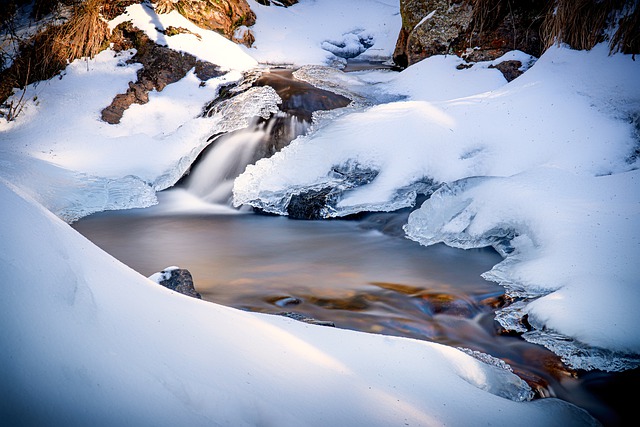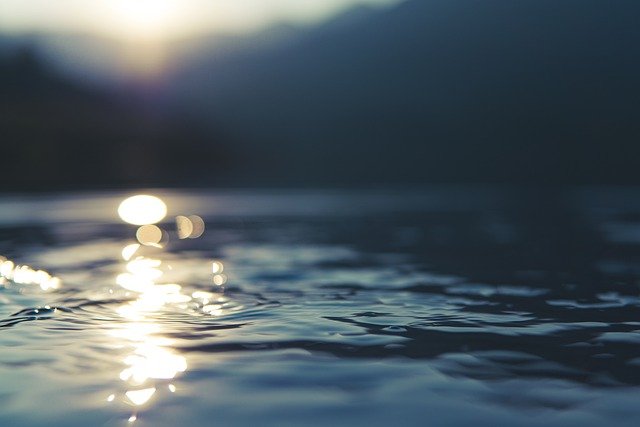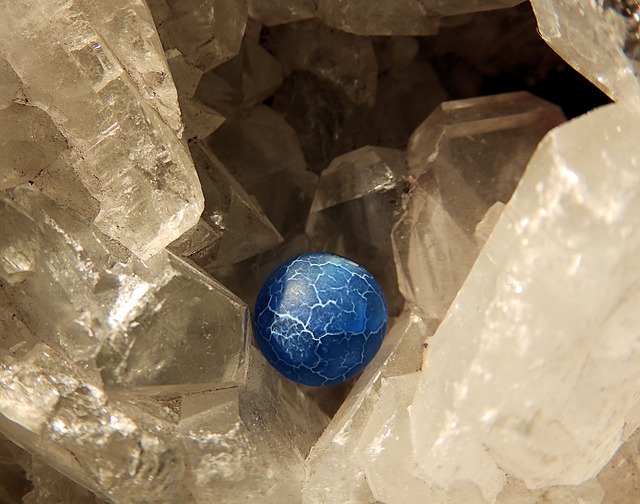*This post may contain affiliate links. This means we may make a commission if you purchase an item using one of our links*
Snowball Earth, the period of the planet’s history during which it experienced a total freeze over of its surface, is thought to have been caused by a rapid decrease in sunlight. This decrease in sunlight, though not entirely explained, could have forced the planet into an extreme icy state, covering the Earth in a sheet of ice that spanned from the two poles to the equator.
For more information on Snowball Earth, when it occurred, and what could have caused it, continue reading.
Is Snowball Earth the Same As An Ice Age?
Table of Contents

Though tempting to confuse the Snowball Earth glaciations as an ice age, that would be technically incorrect. Snowball Earth was a complete global glaciation, meaning the planet was entirely covered in ice, separating the ocean from the atmosphere. This event made the Earth appear like a giant snowball floating in space, hence its catchy nickname.
On the contrary, an ice age describes a period during which ice reaches far beyond the poles and glaciers experience fluctuation of advancement and retreatment, but ultimately do not reach the equator. It is a minor distinction yet an important one.
However, Snowball Earth is said to be the product of an ice age or series of ice ages that lasted over 200 million years and eventually catapulted the earth into a seemingly eternal winter. For that reason, it may be commonly referred to as an “extreme ice age.”
How Many Times Has Earth Been In A Snowball State?
It is widely believed that Earth has been engulfed in ice to this extent a minimum of two times approximately 700 million years ago.
These two instances of Snowball Earth are believed to have occurred in the Cryogenian period of the Neoproterozoic era. The global glaciation events are referred to as the Sturtian, which took place around 720 to 660 Ma, and the Marinoan, which occurred around 645 to 640 Ma.
Some experts believe there was a third event, called the Gaskiers, which occurred around 580 Ma, however evidence of glaciers floating at the equator is not as convincing as it is with the Sturtian and Marinoan events.
Scientists can predict when a glaciation event occurred in history by studying what deposits and scars the glaciers left behind in today’s sedimentary records. The Sturtian and Marinoan Snowball Earth events left sedimentary deposits all around the globe, even in the tropics.
Was Snowball Earth A Result Of A Drop In Sunlight?

The main theory as to what caused such an extreme global glaciation is a rapid decrease in sunlight received by the Earth’s surface due to both a decrease in sunlight absorbed by the surface and incoming sunlight to the surface.
This theory can be attributed to the idea that Snowball Earth was the product of a rampant ice age or ice ages that inherently caused the planet to have a higher albedo, which is the amount of sunlight reflected by a surface, for quite some time. This higher albedo caused less sunlight to be absorbed by the Earth’s surface for enough time that the planet was unable to warm itself up and kept freezing until it reached a point of complete global glaciation.
The reflection of more sunlight off of the Earth’s surface in combination with a decrease in incoming sunlight would have been catastrophic. Although scientists are not certain what caused a decrease in incoming sunlight, many theories have been explored.
One such theory is that a series of enormous volcanic eruptions distributed sunlight-blocking particles into the stratosphere. Another theory is that the breaking up of the Rodinia supercontinent caused erosion of crustal rocks and consequently resulted in a reduction of carbon dioxide in the atmosphere, which produces a cooler climate.
Though the reason for the drop in sunlight is unconfirmed, it is universally accepted as the cause for Snowball Earth.
How Did Life Survive Through Snowball Earth?
Many of the complex life forms that exist today were first evolving at the time in which Snowball Earth is believed to have occurred, and it is both baffling and amazing that they were able to survive. These life forms include eukaryotes, which are advanced cell-structured organisms, primitive life forms like sponges.
These organisms relied on oxygen-rich environments to survive. Interestedly enough, many of the organisms that were developing during the time resided in the oceans, which nearly completely froze during Snowball Earth and were oxygen-poor because of the lack of access to sunlight.
So, how did these fledgling life forms survive such treacherous conditions? That is the question many scientists have been seeking the answer to. Though unexplained, there are many theories. One theory is that these organisms survived by finding refuge in tiny puddles atop the ice that covered the oceans.
Another more promising theory is that life forms survived by flocking to the areas beneath ice sheets that began to float, as there is evidence to support that there was an inexplicable supply of oxygenated water between the ice and the ocean underneath. Described as an “oxygen oases”, early animals and complex life forms could have huddled there to wait out the freeze.
Though we do not have all the answers as to how life survived, there is one thing we know for sure, if it didn’t survive, we all would not be here.
Summary
Nearly 700 million years ago, Earth was frozen over from pole to pole, appearing like a giant snowball from the vantage point of space. Snowball Earth was a weather phenomenon, unlike any other, and one that still leaves scientists puzzled. Why did it happen? Did water flow beneath the ice? How did life survive? Could this happen again? These are the questions that beg answers, but as time goes on, we understand more and more about this most severe period of glaciation.
What we do know now is that the ice stretched from the poles to the equator for approximately 10 million years, and in conditions when it should not have, life survived. Time will only tell what we discover next.
References
http://snowballearth.org/what.html
https://www.sciencedirect.com/topics/agricultural-and-biological-sciences/snowball-earth
https://www.giss.nasa.gov/research/features/201508_slushball/
https://www.climate.news/2020-07-30-snowball-earth-caused-by-a-rapid-decrease-in-sunlight.html#
https://www.nationalgeographic.com/science/article/100304-snowball-earth-ice-global-warming
https://www.crystalinks.com/iceage.html
https://www.cnn.com/2019/12/03/world/life-survive-ice-age-snowball-earth-scn/index.html
https://pursuit.unimelb.edu.au/articles/iron-and-ice-how-life-survived-snowball-earth#:~:text=Many of them, especially early animals, needed oxygen-rich,off the oceans from sunlight and the atmosphere.


